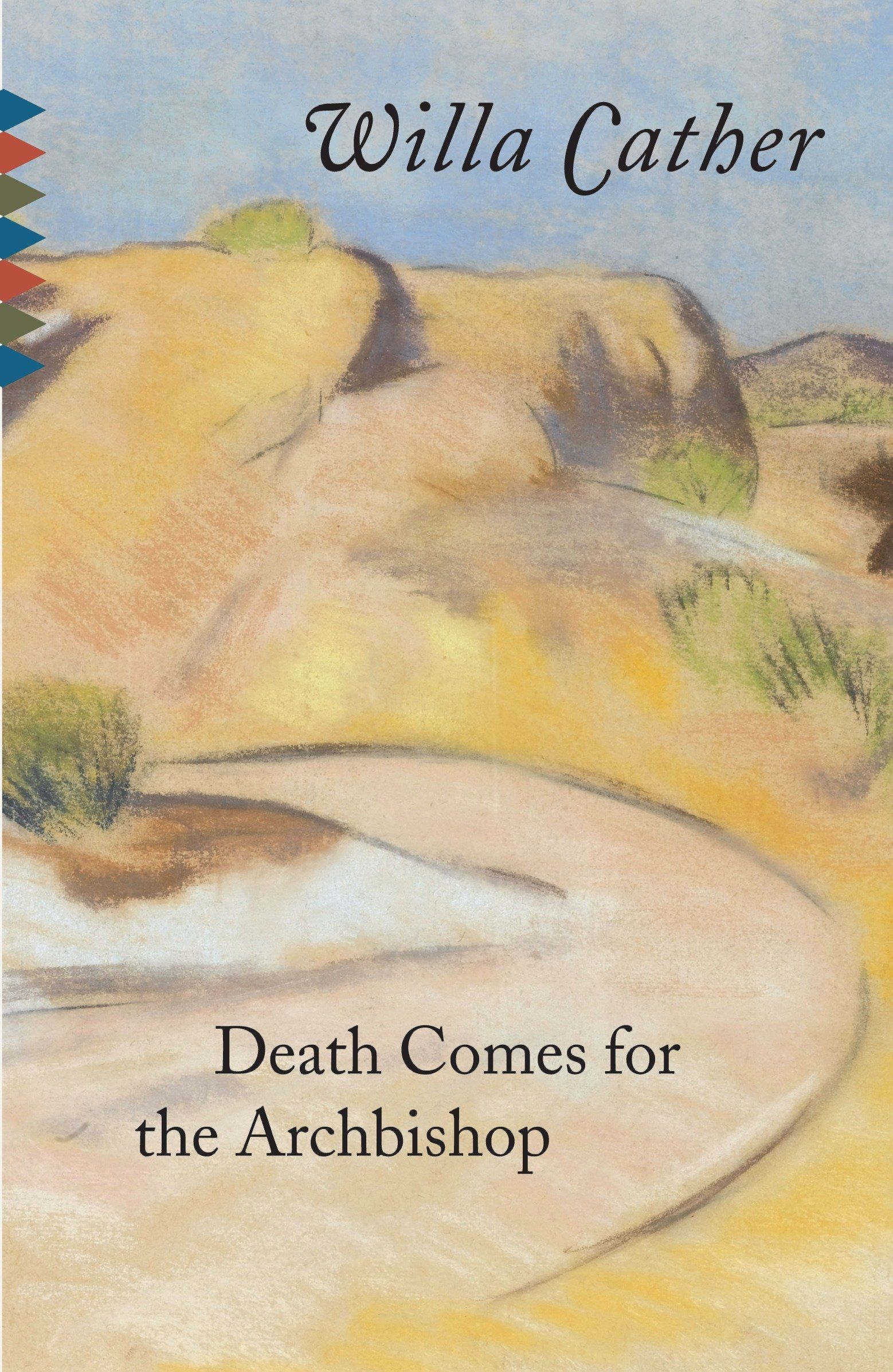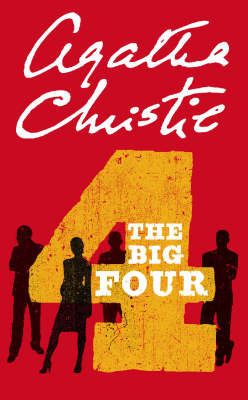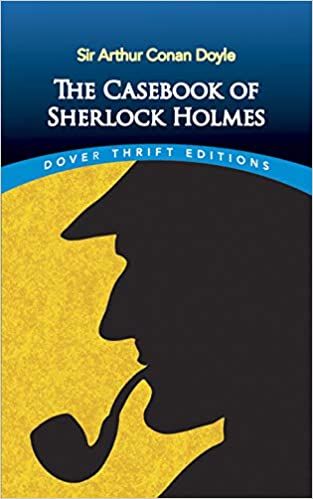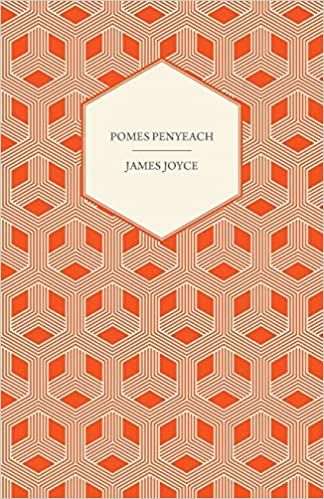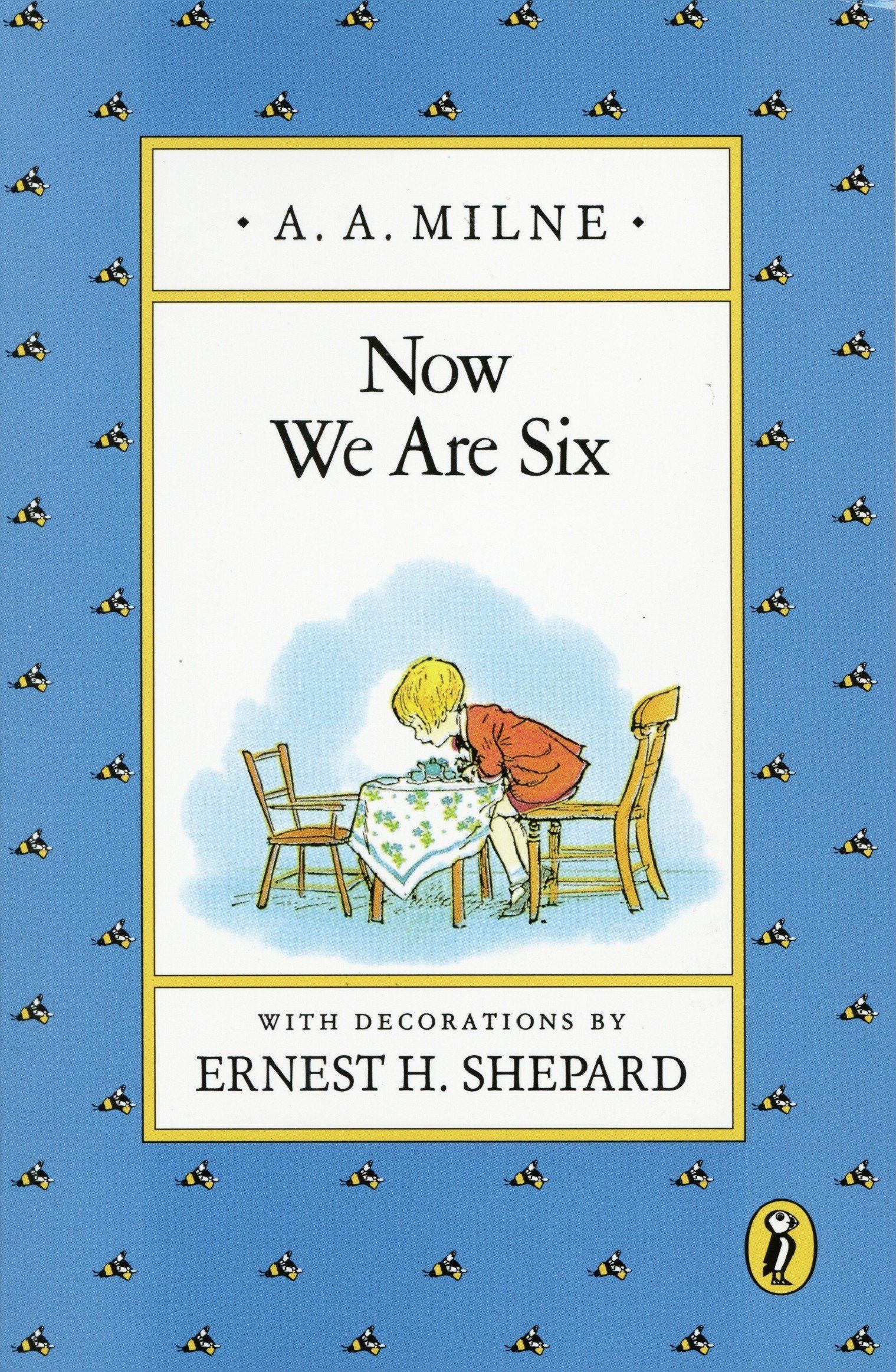Before I get into the books that enter the public domain in 2023, a brief refresher on how copyright works. Please note that I will focus on the United States, and that every country’s laws are different. This information is also available here. Every original creative work is automatically subject to copyright, owned by the creator. There are some specifications about what counts as a creative work and what doesn’t (titles, for example, cannot be copyrighted), and some exceptions to who owns the copyright for a work, but by writing a story or taking a photograph, for example, I automatically own those words or that image and the rights to reproduce and remix them. I can license those rights to you — for example, selling a story to a magazine — or even sell them to you outright. Copyright owners can register their copyright, although in most cases it is not legally required; registration provides tools to help protect that copyright. Copyright is not the same as a trademark. A registered trademark is for a name, symbol, or other identifying way of referring to something; trademark must be applied for, can be denied, and must be actively defended to be kept — for example, I cannot legally call my new brand of sneakers Reeboks, but if I did and they failed to sue me, I could challenge their trademark. In some cases, a title can be trademarked, but only if the applicant can prove that they are using it in a manner that specifically identifies their book (or other work). So why do copyrighted works enter the public domain? Because copyright has a term limit. In general, copyright lasts for the duration of the creator/owner’s life plus 70 years. Due to legal shenanigans, some works created before 1978 have longer terms. There is a more complete explanation here. But you’re here for the new books entering the public domain, and that includes every book published in 1927, as of January 1, 2023. To be exact, books published in 1927, films released in 1927, other works like magazine articles published in 1927, and unpublished work whose authors died in 1952. (Due to separate rules, sound recordings from 1923 also enter public domain, which I assume includes songs!) So what’s in the public domain in 2023? The list is fascinating! The big news is that the first three Hardy Boys mysteries came out in 1927, and therefore are entering the public domain. That means Frank and Joe Hardy are available for use, but any adventures they had in subsequent books are not. Other than that, there are no huge titles like Gatsby or Pooh, but there are several very interesting ones. A selection is below. It’s worth noting that publishing was extremely white in 1927, and that is reflected here.
Books Entering the Public Domain in 2023
Other books coming into the public domain include: Mosquitoes by William Faulkner; Steppenwolf by Herman Hesse; Amerika by Franz Kafka; Elmer Gantry by Sinclair Lewis; Oil! by Upton Sinclair; Time Regained by Marcel Proust (published posthumously); Unnatural Death by Dorothy L. Sayers, the third novel featuring Lord Peter Wimsey; Naruto Hitcho by Eiji Yoshikawa; The Bridge of San Luis Ray by Thornton Wilder, which won the Pulitzer in 1928. In the novel, the Ramsay family visits the Isle of Skye over a decade, living in a summer house there and experiencing joys and tragedies, all while Mr. Ramsay puts off a visit to the nearby lighthouse. Plays entering the public domain include Porgy by DuBose Heyward and Dorothy Heyward and Hamilton Deane’s adaptation of Dracula; poems include T.S. Eliot’s “Journey of the Magi,” and several poems and stories by W.B. Yeats; movies entering public domain, notable as 1927 films were the first eligible for the Academy Award, include Metropolis, The Jazz Singer, two Alfred Hitchcock silents, and the lost London After Midnight. Now that we’ve covered books entering the public domain in 2023, see what books entered in 2022 and 2021.
